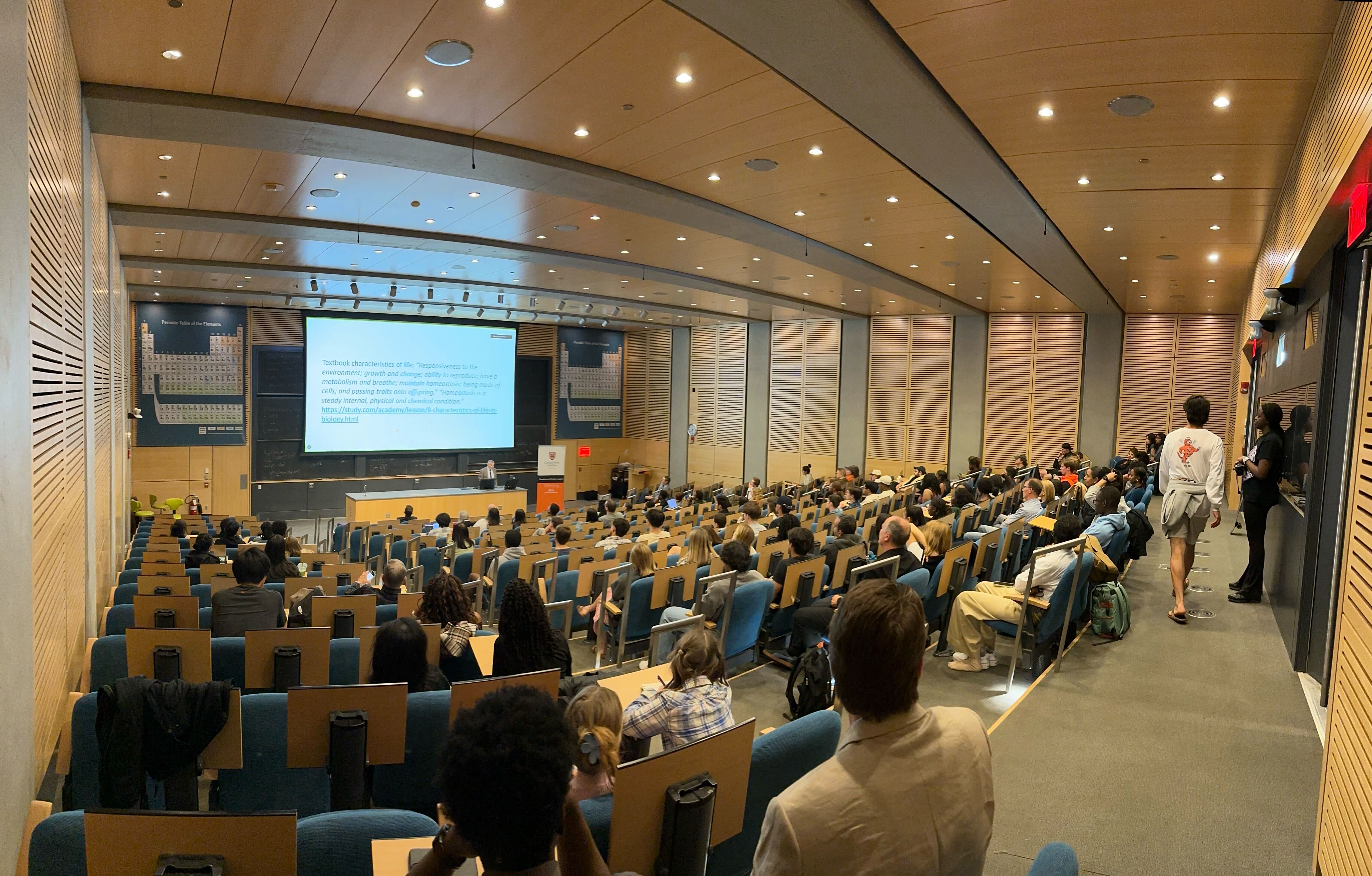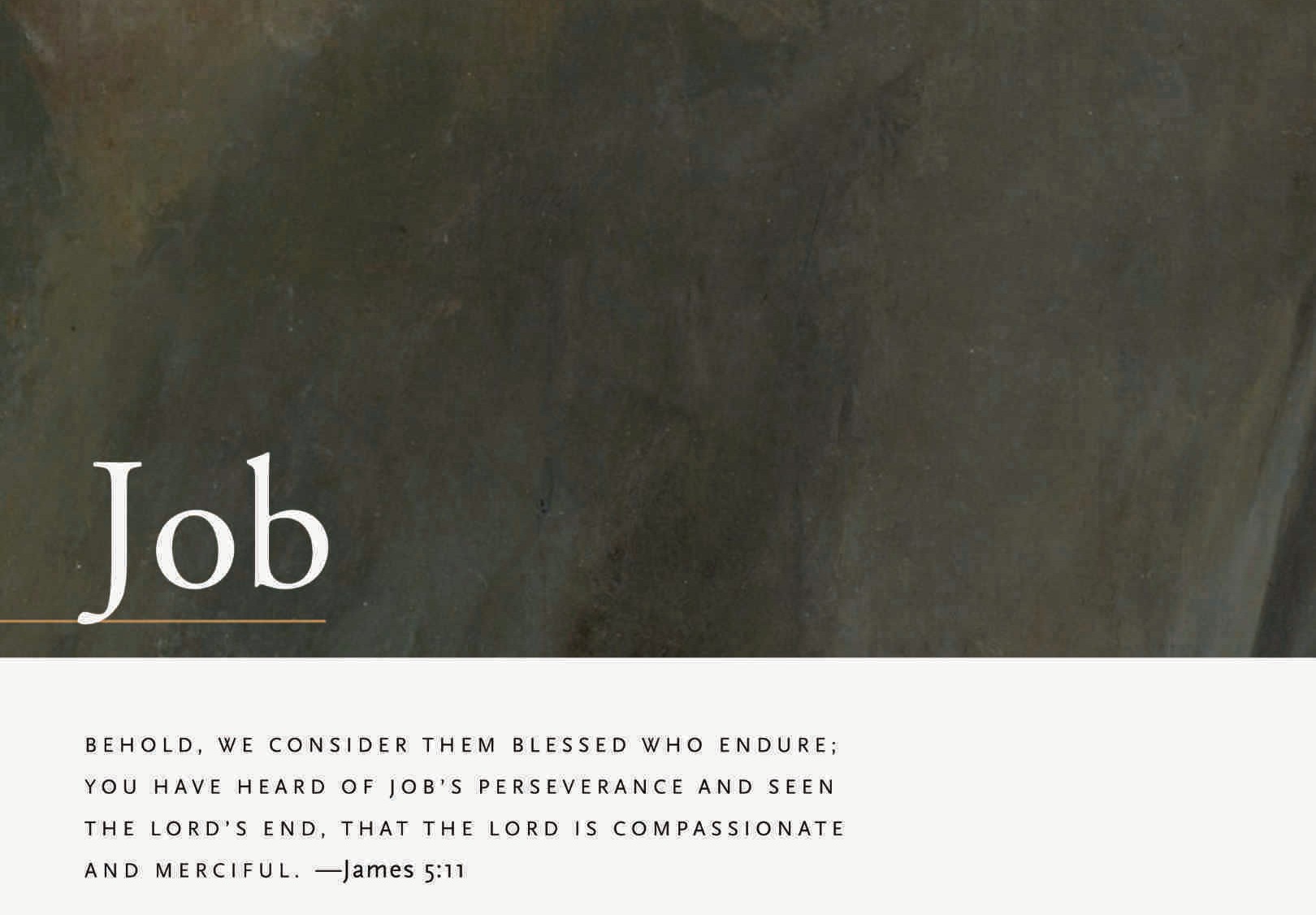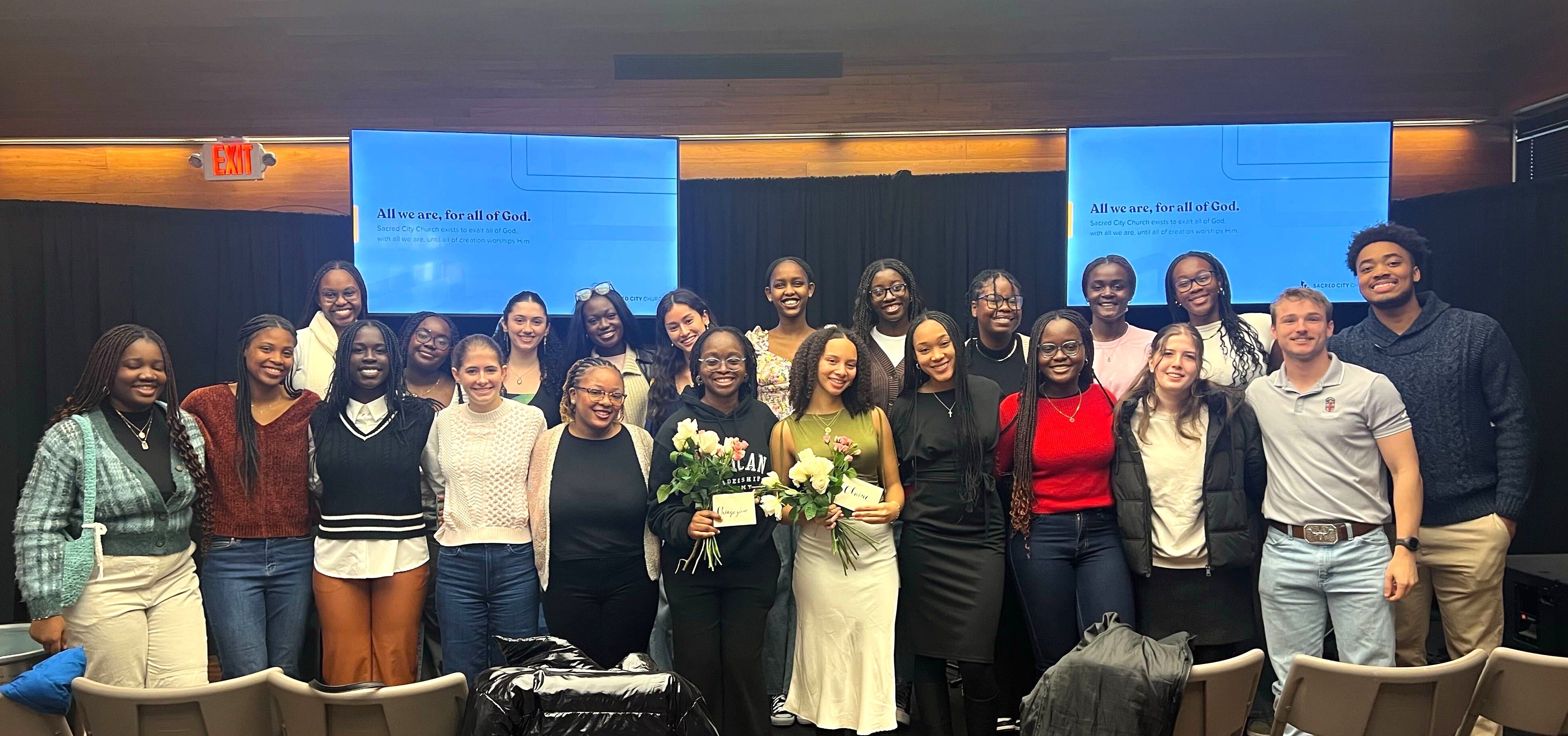 In an article entitled ”How My Millennial Students Found Their ‘Hitchhiker’s Guide’ to a Secular Age”, Dr. James K.A. Smith, Professor of Philosophy at Calvin College, touches on the insights and impact of of philosopher Charles Taylor. He examines Taylor’s riveting, but challenging, 900-page book entitled “A Secular Age,” which covers religious belief and skepticism in the 21st century.
In an article entitled ”How My Millennial Students Found Their ‘Hitchhiker’s Guide’ to a Secular Age”, Dr. James K.A. Smith, Professor of Philosophy at Calvin College, touches on the insights and impact of of philosopher Charles Taylor. He examines Taylor’s riveting, but challenging, 900-page book entitled “A Secular Age,” which covers religious belief and skepticism in the 21st century. Expecting his students to be bored by the heavy material, it came as a surprise to Smith when many of his students said they were deeply and personally influenced by the book:
But to my students’ astonishment (and mine), as they made their way through the book, lights went on for them, illuminating the world they live in in a new way. “It’s like he’s reading our mail,” one student said. If you’ve grown up in post-1960s North America, “A Secular Age,” which was published in 2007, is like an episode of “This is Your Life” or “Finding Your Roots”: It’s the backstory to the fractured world in which we find ourselves. For people who have strong beliefs, as many of my students do, living in a world that is secular is to experience belief haunted by doubt almost daily. And then that doubt is itself haunted by an enduring longing for something more ― what Taylor, a practicing Roman Catholic, calls a “fullness,” a sense of significance that has the punch of transcendence about it, even if we believe this world is all we’ve got.
The philosopher, according to Smith, introduced the students to ideas that had never occurred to them, but to which they related. For instance, the book explores why this generation sees authenticity and individualism as the greatest of all virtues:
…we live in what Taylor calls an age of “mutual display” in which we show our individualism and virtue by making sure others see it. If God is dead, the only audience left to confirm our virtue is one another. David Foster Wallace got at this dynamic in a famous essay on television that is only more true in our internet age. What television did to us, Wallace argued, was turn us into watchers who expected to be watched. He, too, told a philosophical story about this, asking readers to imagine a “universe in which God is Nielsen.” Today, as my students explained, everyone is Nielsen, rating you.
Furthermore, Taylor explained that this secular age is not defined by unbelief, as is commonly believed. On the contrary, it is defined by relativism, the idea that there is belief, but it varies from individual to individual.
Belief of every sort is “fragilized,” as Taylor puts it ― destabilized by rival accounts and doubts. For more traditional “believers,” this means their faith is attended by doubt as a constant companion. “Lord I believe, help thou my unbelief” (Mark 9:24) is a prayer they understand well.
Summarizing the overall impact of “A Secular Age” on his students, Smith states:
Unlike the world described to my students by religious fundamentalists, this is a world that they recognize. Taylor did justice to the complexity of their experience and the messiness of their spiritual lives, giving voice to their doubts, to be sure, but also giving them permission to admit they also still wanted to believe something more. There is a kind of sincerity about Taylor’s philosophical analysis that allowed them to step out of the cage of ironic cynicism.
Smith explains why Taylor’s analysis of the age speaks to believers and skeptics alike. Believers find an explanation for why doubt is now such a constant companion. Skeptics, on the other hand, discover that there is a reason they may feel haunted by a longing for faith. Smith explains:
Charles Taylor suggests…we know the world has changed, we know there’s no going back. But we also can’t shake a hunger, a longing, a haunting that we welcome.
Appreciating that many would be put off by the density and length of Taylor’s work, Smith proceeded to write a guide to the longer book. Smith’s book, “How (Not) to Be Secular: Reading Charles Taylor,” makes Taylor’s more accessible to a wider audience and offers guidance to those living in a secular age.
He [Taylor] is trying to offer a philosophy that gives due attention to what if feels like to live in the world ― a theoretical account that acknowledges the importance of our affections, our embodiment, all the visceral ways that we grope through the dizzying existence of our late modern world.
People of faith grappling with doubts, and doubters plagued by a longing for faith, will find illumination, and perhaps even a path forward, thanks to the insights of two writers who have “given names to the landscape we live in.”












